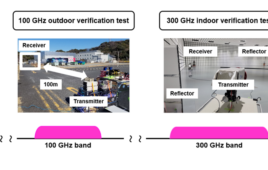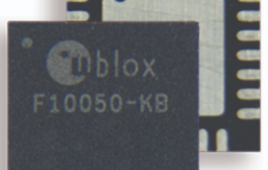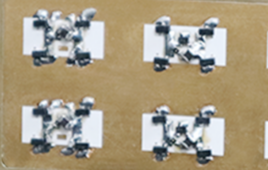Researchers from MIT’s Computer Science and Artificial Intelligence Laboratory (CSAIL) have made new strides in robot/human collaboration with a new system that has robots helping people lift things by monitoring a person’s muscle movements. The system is called the RoboRaise and functions by having a user don electromyography (EMG) sensors on their biceps and triceps to monitor muscle activity. According to CSAIL, its algorithms then continuously detect changes to the user’s arm level, as well as up-and-down hand gestures they might make for finer motor control.
The team tested this system by lifting and putting together fake airplane components. According to CSAIL, RoboRaise was more accurate when gestures were used. In fact, the robot responded correctly to nearly 70 percent of all gestures.
“Our approach to lifting objects with a robot aims to be intuitive and similar to how you might lift something with another person—roughly copying each other’s motions while inferring helpful adjustments,” says Joseph DelPreto, graduate student and lead author on a new paper about the project. “The key insight is to use nonverbal cues that encode instructions for how to coordinate, for example, to lift a little higher or lower. Using muscle signals to communicate almost makes the robot an extension of yourself that you can fluidly control.”
While EMG signals have been known to have problems with noise, the RoboRaise bypasses these issues with the wearable sensors on the human that detect the firing of neurons when muscles tense or relax. According to CSAIL, “RoboRaise’s algorithm then processes biceps activity to estimate how the person’s arm is moving so the robot can roughly mimic it, and the person can slightly tense or relax their arm to move the robot up or down.”
Eventually, the team hopes to increase the number of sensors to include different muscle groups for more movement. They are also looking into ways for the robot to take cues from a human’s muscle fatigue for more intuitive help on various projects.
Take a look at the RoboRaise in action.




